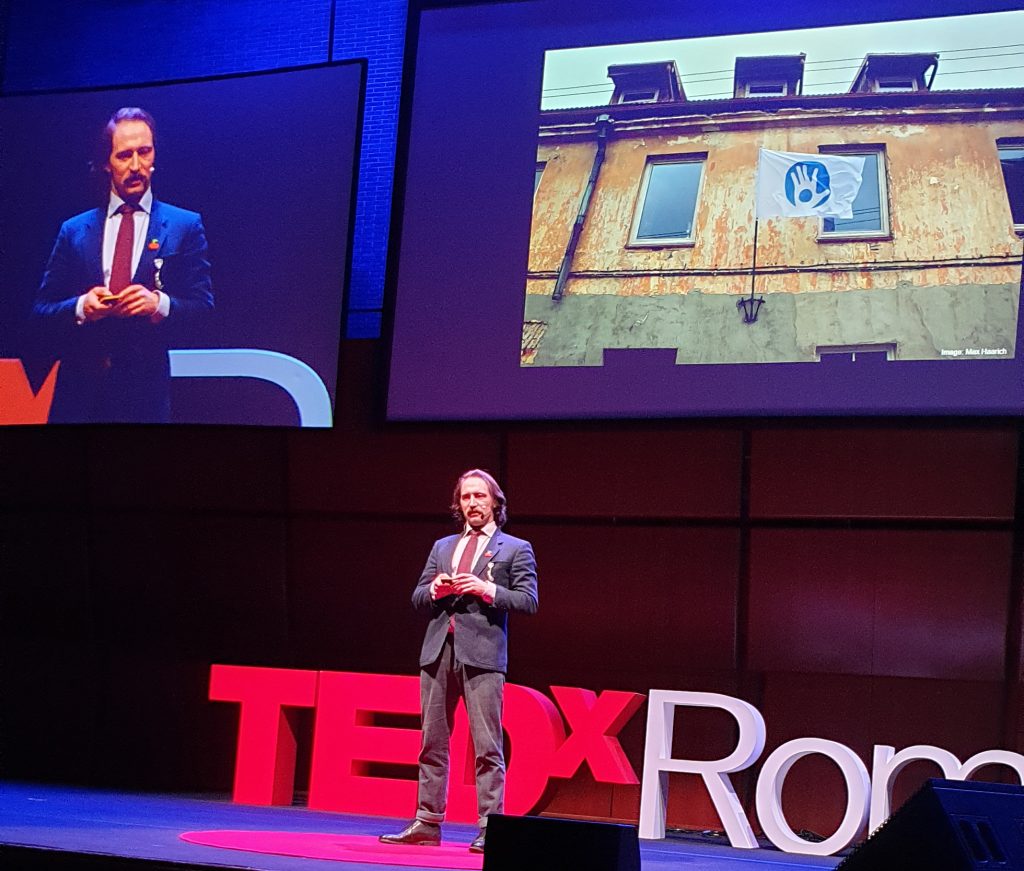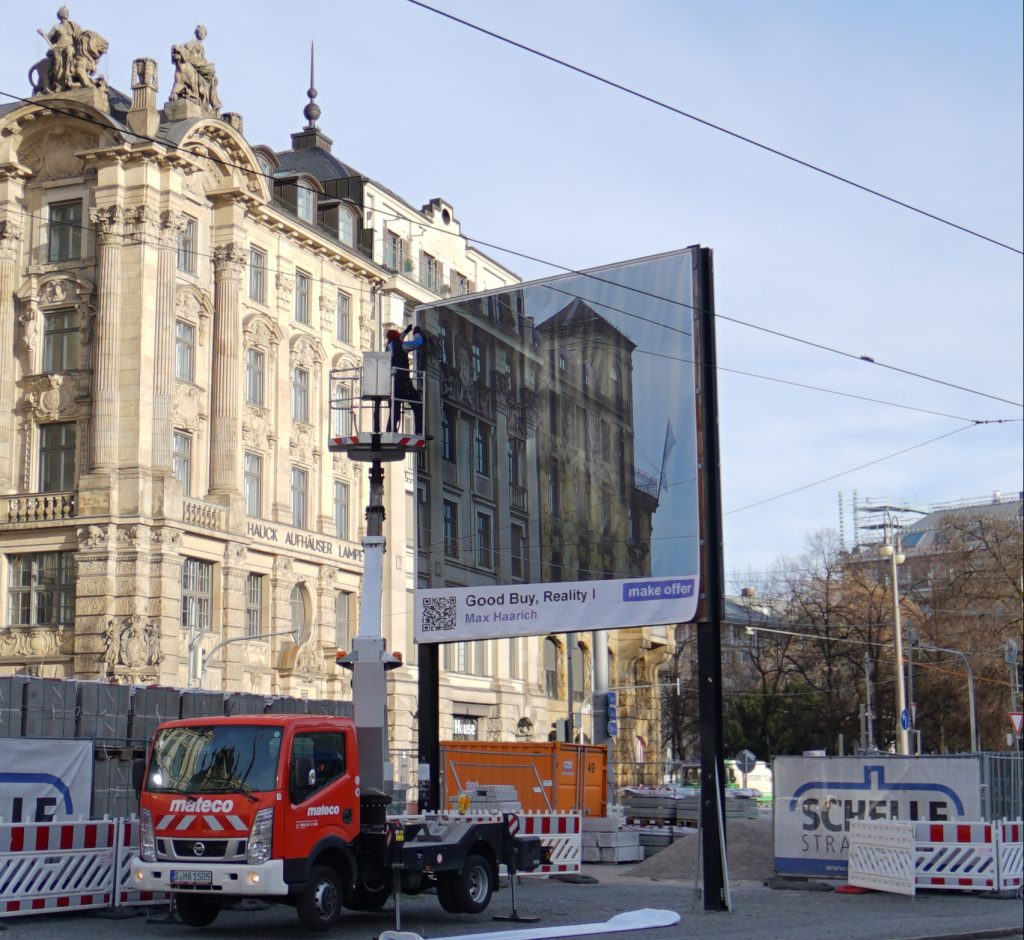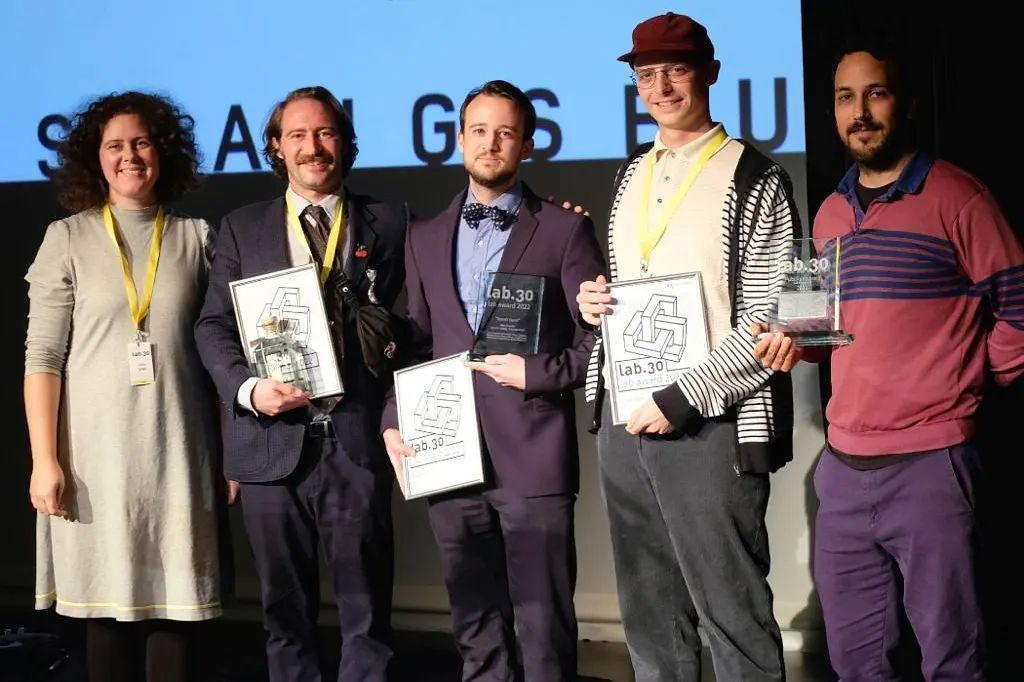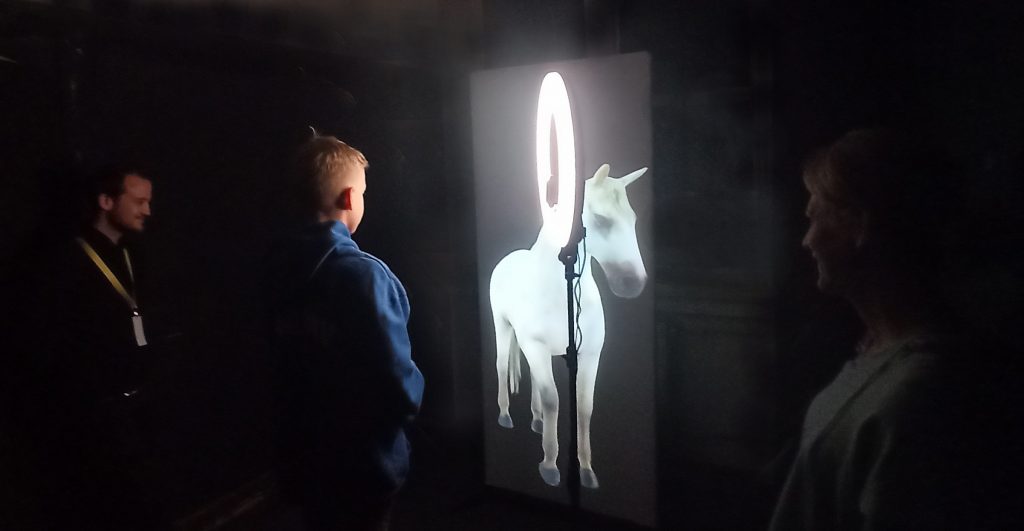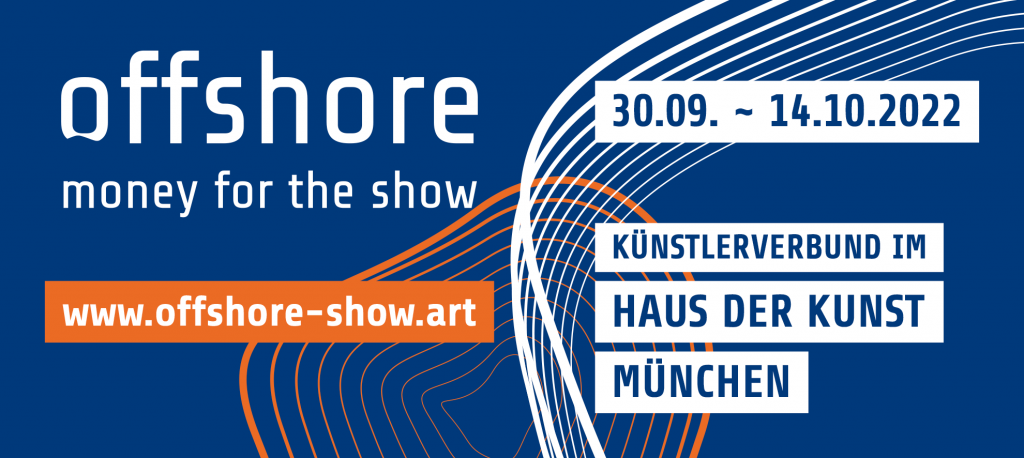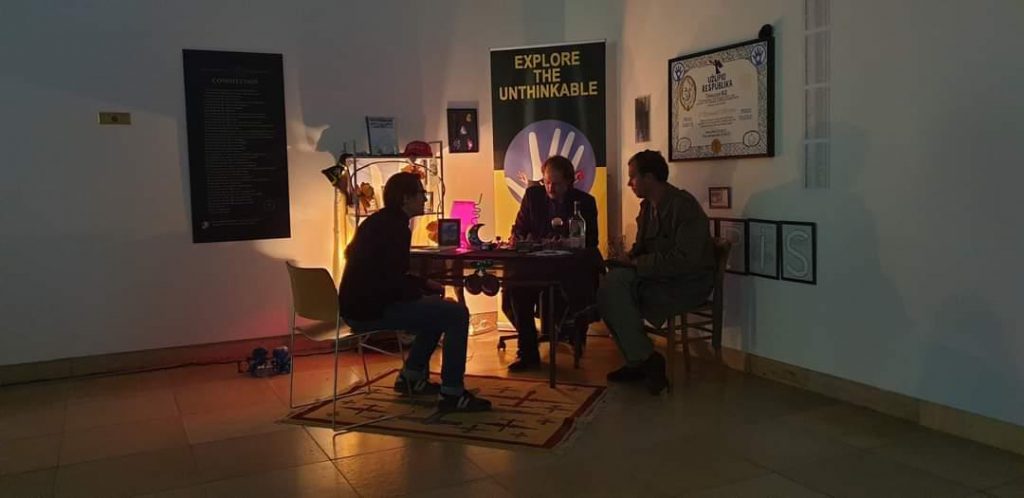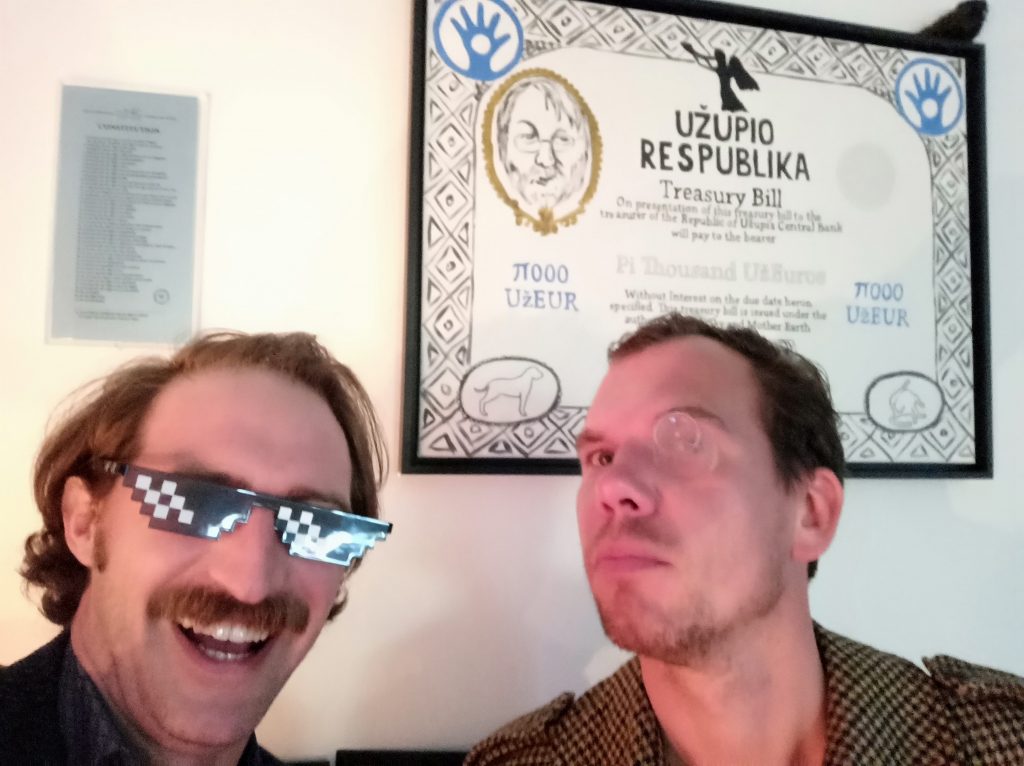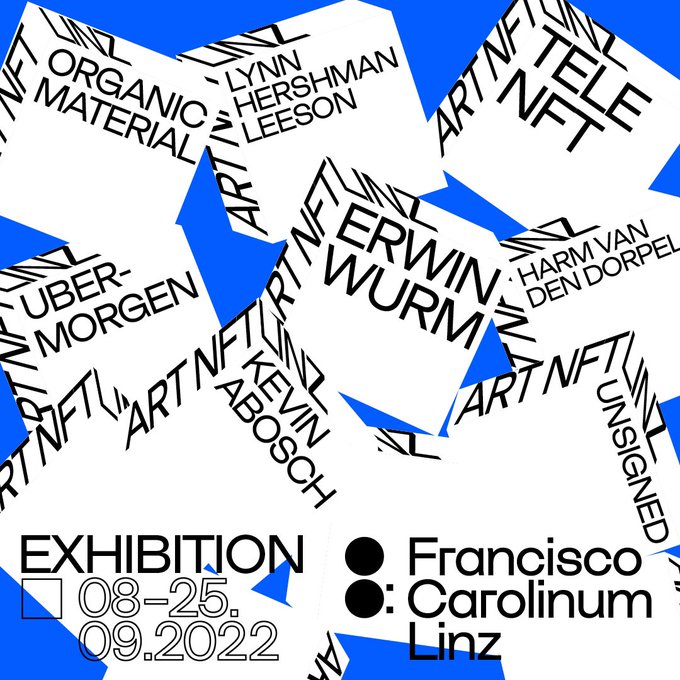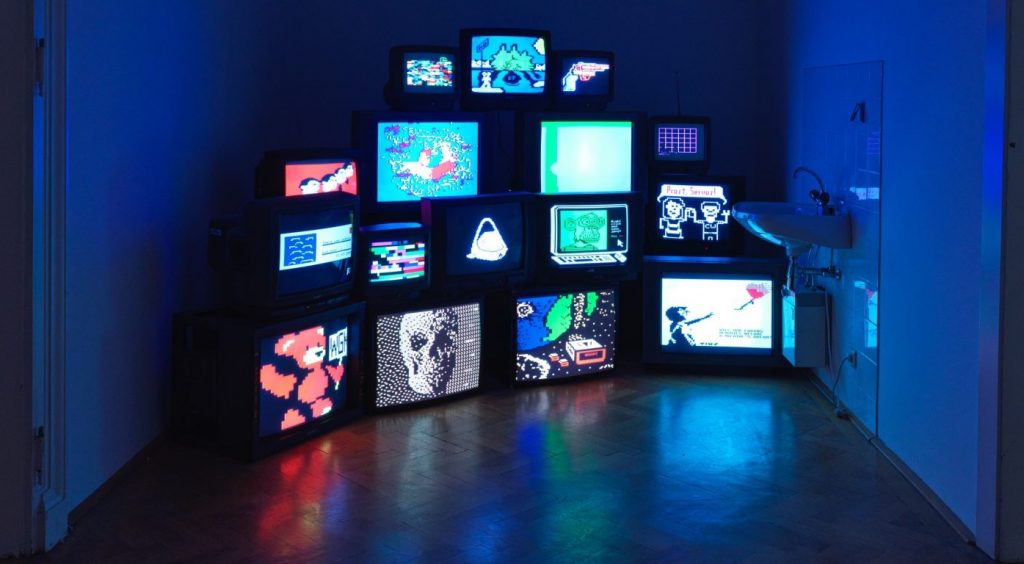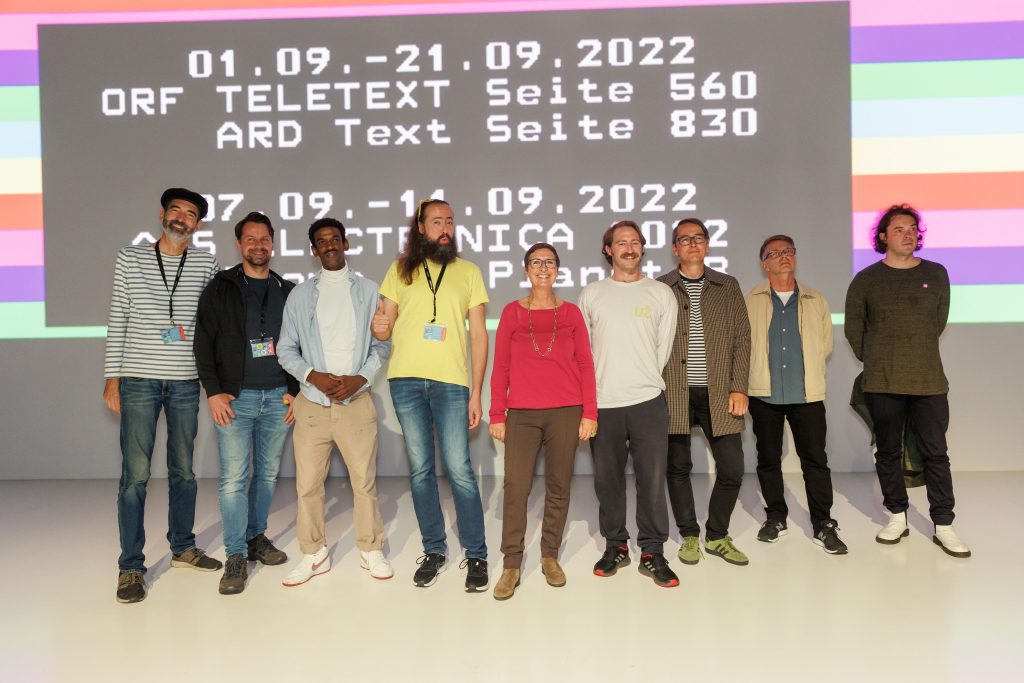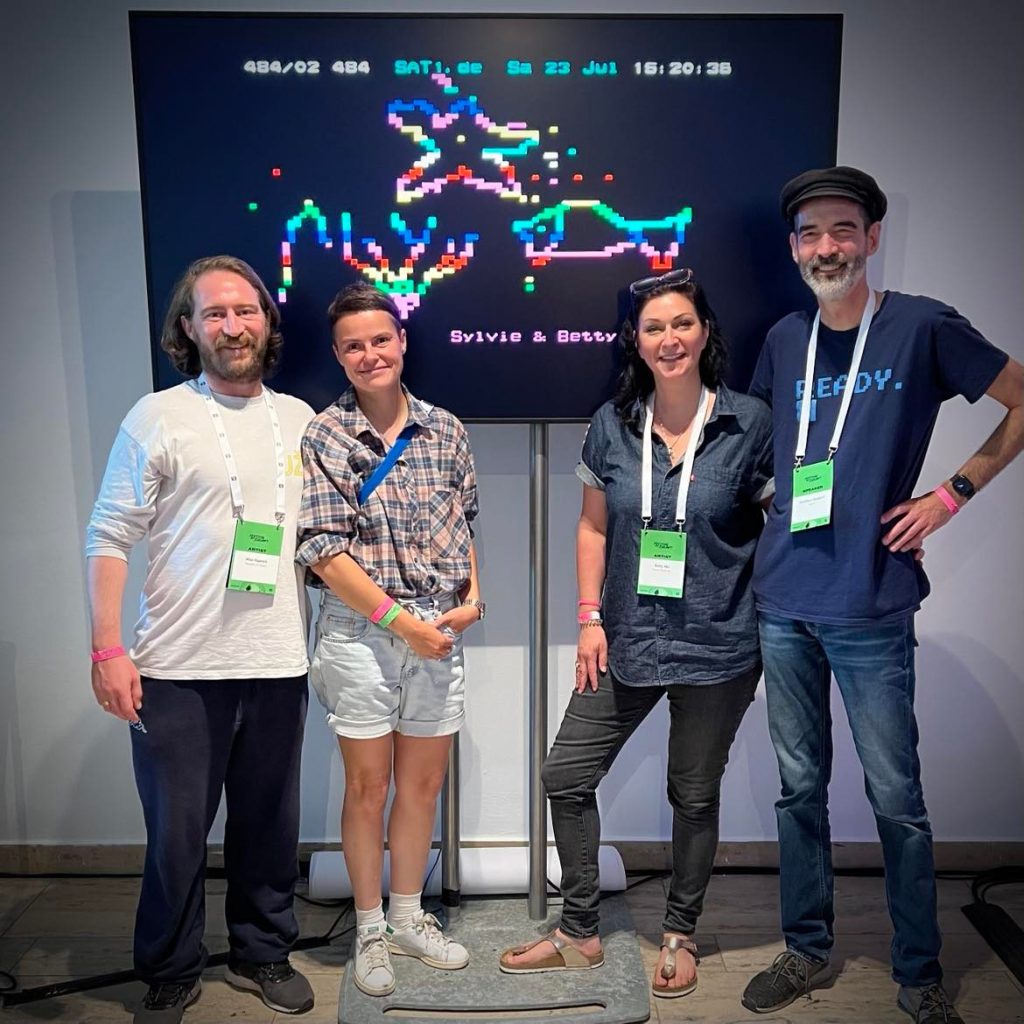“NFT Must Go” is a curated exhibition bridging the tech and art worlds. It highlights the expansive and expressive medium of the NFT. The NFT (Non-fungible token) essentially links a digital file to a smart contract on the blockchain, creating uniqueness, with functions like certification, authentication, data transparency, dynamic artworks, or an xcircle membership.
The title of the exhibition „NFT Must Go!” is a shrill quote from an art collector and presents xcircle with a welcome opportunity to break down the multiple fears and biases attached to NFTs. We seek to illuminate the creative possibilities behind these three magical letters!
Declaring “NFT must go!” is akin to calling for the banishment of the brush or the camera or the kiln. Like the brush or the camera, the NFT is simply a tool for artists working in the digital media space.
The exhibition features augmented reality (AR) and mixed reality (XR) sculptures by Florian Adolph and Ugo Dossi, AI photographs by Max Haarich, satirical videos by Kenny Schachter, works by Tobias Rehberger, generative art by Holger Lippmann, paintings, soft toys, and historical NFTs from meme culture icon PEPE the Frog, analog-induced CHAOS in digital loops by artist Christof Babinsky, glitch GIFs by search engine artist Gretchen Andrew, PlastoCorals by Tamiko Thiel, animated cut-outs by street art creator Daniel Man, cyberspace animations by Virtual Human Ava Verce, flower power moss by artist collective Tinoss, erotic still lifes by Tondo Smiling, lenticular paintings by Tatjana Lee, and light prisms by Betty Mü.
LOCATION xcircle @LOVAAS Projects | Fürstenstraße 6, Munich | Opening: 28.11.2023, 6-10pm | 29.11.-22.12.2023
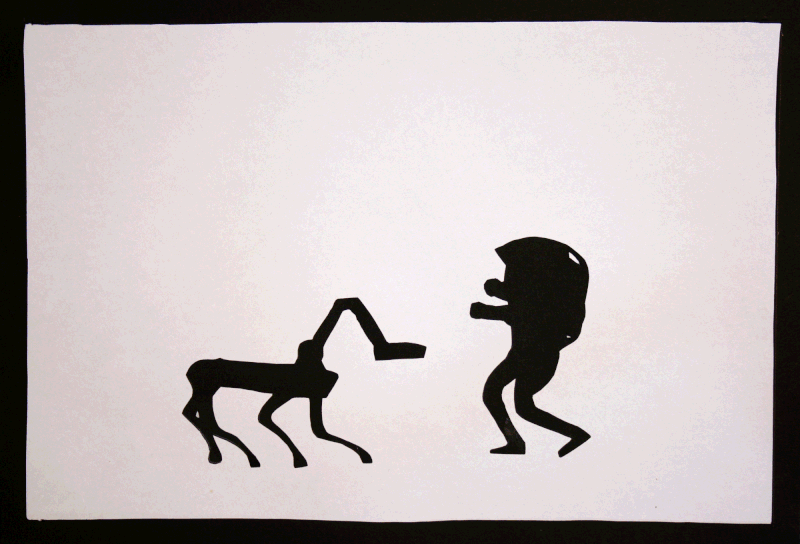
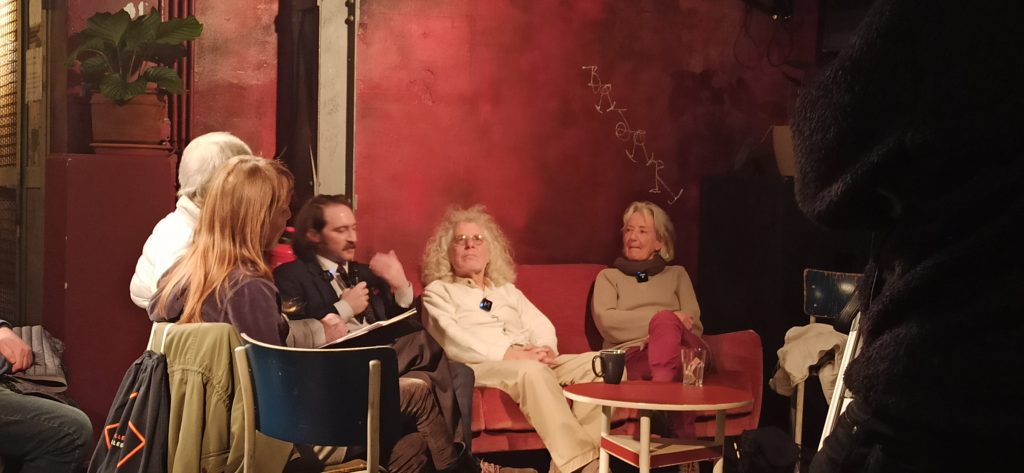 H.E. Max Haarich had the honor to be invited by the legendary love propagandists Rainer Langhans and Christa Ritter for an evening at Munich’s Import/Export. In an open discussion with the whole audience, they raised the question of how we are feeling and how our view on life itself is changing in these times of growing conflicts, where hatred and violence is presented as the only rational “solution”.
H.E. Max Haarich had the honor to be invited by the legendary love propagandists Rainer Langhans and Christa Ritter for an evening at Munich’s Import/Export. In an open discussion with the whole audience, they raised the question of how we are feeling and how our view on life itself is changing in these times of growing conflicts, where hatred and violence is presented as the only rational “solution”.